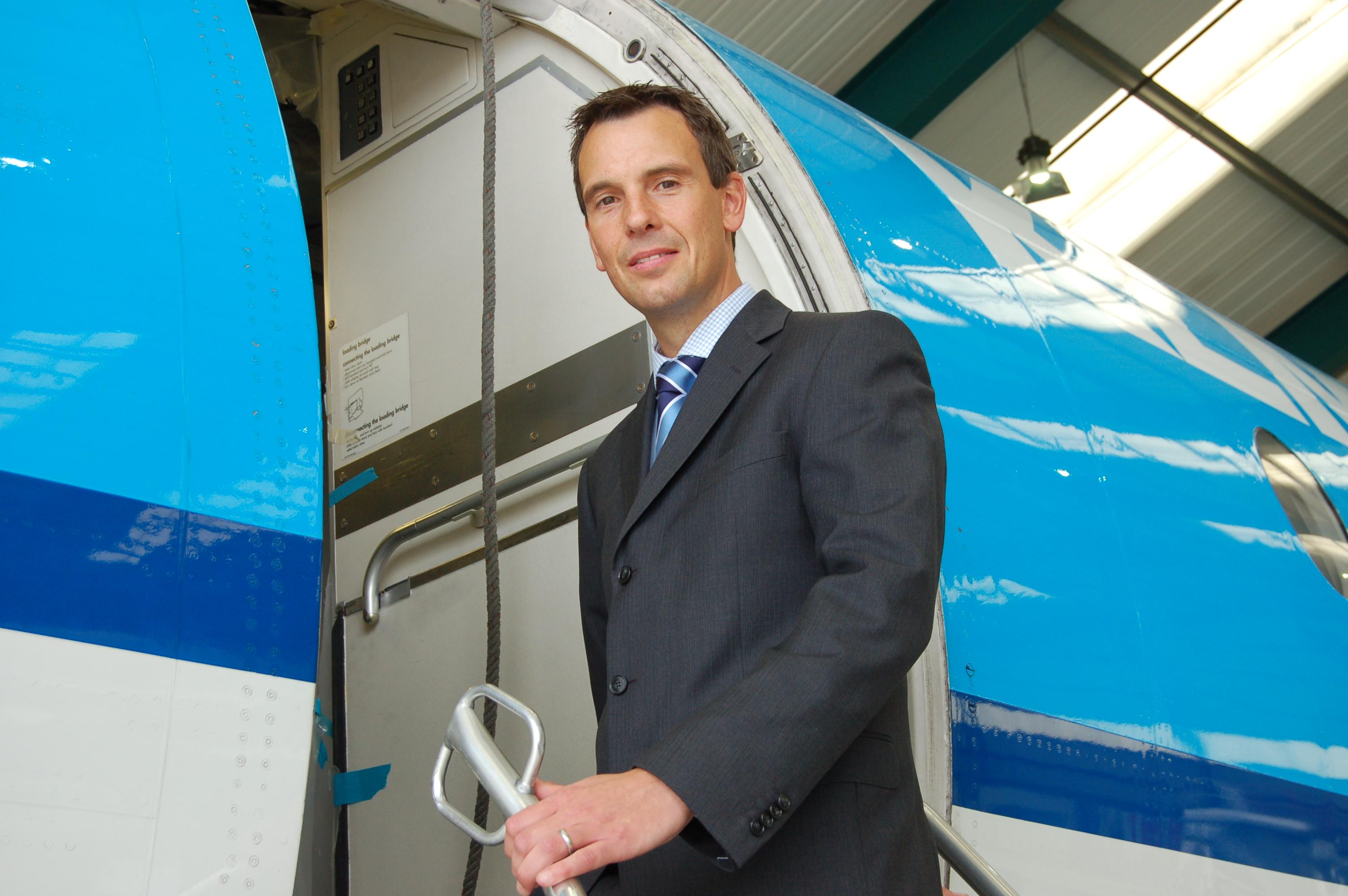
The UK-based maintenance provider is adding capacity to its Norwich base. Wayne Easlea, KLM UK’s operations director, talks to James Pozzi about its plans for the facility set to go operational in August 2020.
KLM UK Engineering is taking on a new hangar and workshop facility in Norwich as part of a £7 million investment by the airport. The new hangar will be 54,000 square feet and the workshop will be 15,500 square feet. How will this impact on your overall capacity?
Currently we have five lines of base maintenance. When we take on the new 2 bay hangar we will give up an old 1 bay hangar so we will go up to six bays which is a 20% increase. The new hangar will be much bigger than any of our current hangars so it’ll give us a lot more space around the aircraft. The new facility will have space for up to two Boeing 737 Max-10 aircraft side by side.
Obviously with capacity expansions comes other ramp ups, such as investment in tooling and manpower. How are you preparing in this regard?
We currently employ just over 400 people in the company, and the plan is to take on another 20 to 30 people by the end of 2020 to support the additional capacity. This will mainly be in engineering roles, but also taking into consideration specific roles such as a material buyer and a project manager. We will also invest around £2 million fitting out and equipping the new facilities.
How much does line maintenance staff account for the workforce?
Our line maintenance division has about 26 permanent staff, which in the summer months during busier periods, goes up to around 40 people using contractors and staff seconded from base maintenance.
KLM UK is heavily focused on narrowbody and regional aircraft types. Have you any plans to add further aircraft types for repair soon?
The Boeing 737 Max approval was added recently for line and base maintenance. Once this is flying again, considering the orders, this will eventually become one of our key products. Presently, the 737NG variant of the aircraft accounts for a large proportion of our work. From a regional aircraft perspective, we undertake work on Fokker 70/100 and Bae146/RJ aircraft but obviously, given the age of those aircraft, this maintenance work isn’t going to last forever. Our longer-term plan is to become the experts for 737NG, Max and Embraer 170/190 aircraft.
Are there any new technologies on your radar?
iPads were introduced recently to give staff access to maintenance data. We are introducing an electronic tagging system for key items of ground equipment and tooling and are working with a local company which is developing an app for us. We are also introducing a new ordering and tracking system for parts. On a larger scale, in the next two to three years, we aim to overhaul the company’s enterprise resource planning system.





